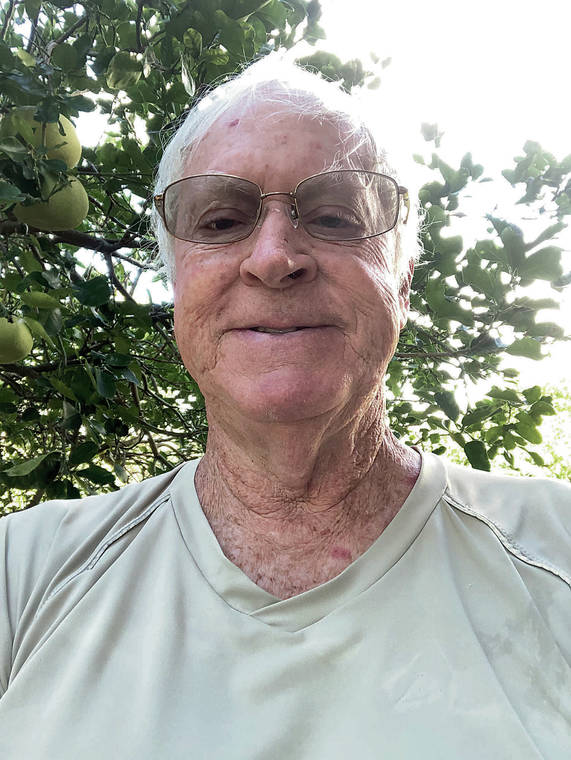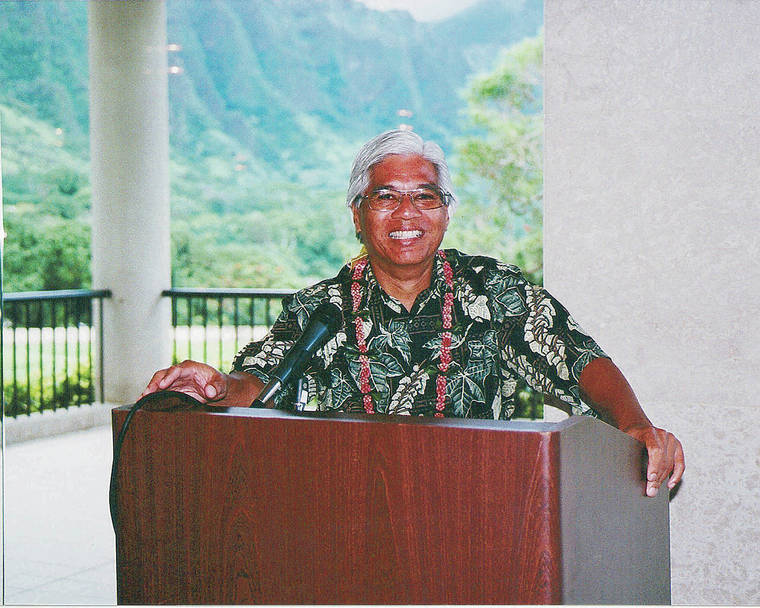Column: For too many, UI office is a dead end

John Witeck

Yoko Liriano

Rev. Sam Domingo


Jimmy, in the few short months after the pandemic hit, has gone from having a job, a place to live and modest savings — to no job, no home and no savings. He lives in his car finding a safe place to sleep, using park facilities for personal care, and standing in line at church-sponsored food distribution sites. Jimmy has found navigating the process of claiming state unemployment insurance (UI) payments a nightmare. Not proficient in English and on the computer, not understanding a myriad of instructions, and given the lack of timely communication, Jimmy is in limbo.
Four months and counting, houseless and living in his car, Jimmy is still waiting to hear from the state Department of Labor and Industrial Relations (DLIR) about whether he is eligible for unemployment benefits. Remarkably, Jimmy is patient, hopeful he will survive.
Carlina, a grocery worker, also waits for benefits. Her daughter helped her apply for benefits online. Needing to submit a form to update her employment history, she found the UI office closed. She calls, but just gets a recording. For weeks all she’s heard is that “it’s pending, pending.”
Chai had several part-time jobs: as a college lecturer and a guide for two environmental nonprofits. In June and July, he filed eight UI claims, the first one denied. All current ones say “pending” when he checks the online site. When he calls the UI office, he gets an automated message. Emails go unanswered. He feels the UI office needs more staffing and suggests hiring laid-off workers.
Nolia and her daughter, Misty, both became jobless and applied for UI benefits. Nolia, an Uber driver, quit working in late March due to her health conditions, which made her more susceptible to COVID-19. She and Misty, who worked at a food stand in a mall, applied for regular UI and were denied and directed to file for “pandemic assistance.” They both received benefits for a while before being cut off due to a qualification problem.
They were directed to apply again for regular UI, which took another month to get. Nolia’s UI was cut off — the state claimed she was an employee and not an independent contractor — and has waited nearly two months to get seven unpaid weeks. “It’s difficult, stressful not to have enough to pay your bills, buy food and gas,” she said.
Don't miss out on what's happening!
Stay in touch with breaking news, as it happens, conveniently in your email inbox. It's FREE!
Both found it impossible to reach anyone at the UI office by phone-calling many times a day. Nolia feels the state needs “a better system to deal with unexpected crises,” and the federal government needs to be more helpful.
These true stories of suffering and frustration have motivated the Hawaii Workers Center — a nonprofit launched in May to address the concerns of low-wage workers and immigrants — and our allies to urge the state DLIR to do the following:
>> Reopen direct in-person filing of claims at DLIR offices and at community sites, with language and computer assistance available.
>> Have more transparency and improve communications with applicants and their representatives. Increase capacity to handle applicants’ phone calls, emails and provide timely updates to claims.
>> Focus on updating its computer system.
In these ways — by greater accessibility, better communications, adequate staffing, quicker claim processing and more transparency — the DLIR can alleviate much stress and suffering by effectively responding to the critical needs of thousands of unemployed workers.
The Rev. Sam Domingo and John Witeck are steering committee members of the Hawaii Workers Center (hawaiiworkerscenter.org); Yoko Liriano is the center’s organizer.




